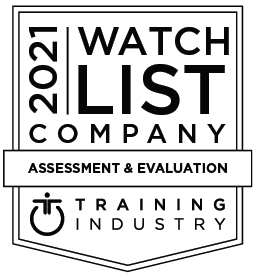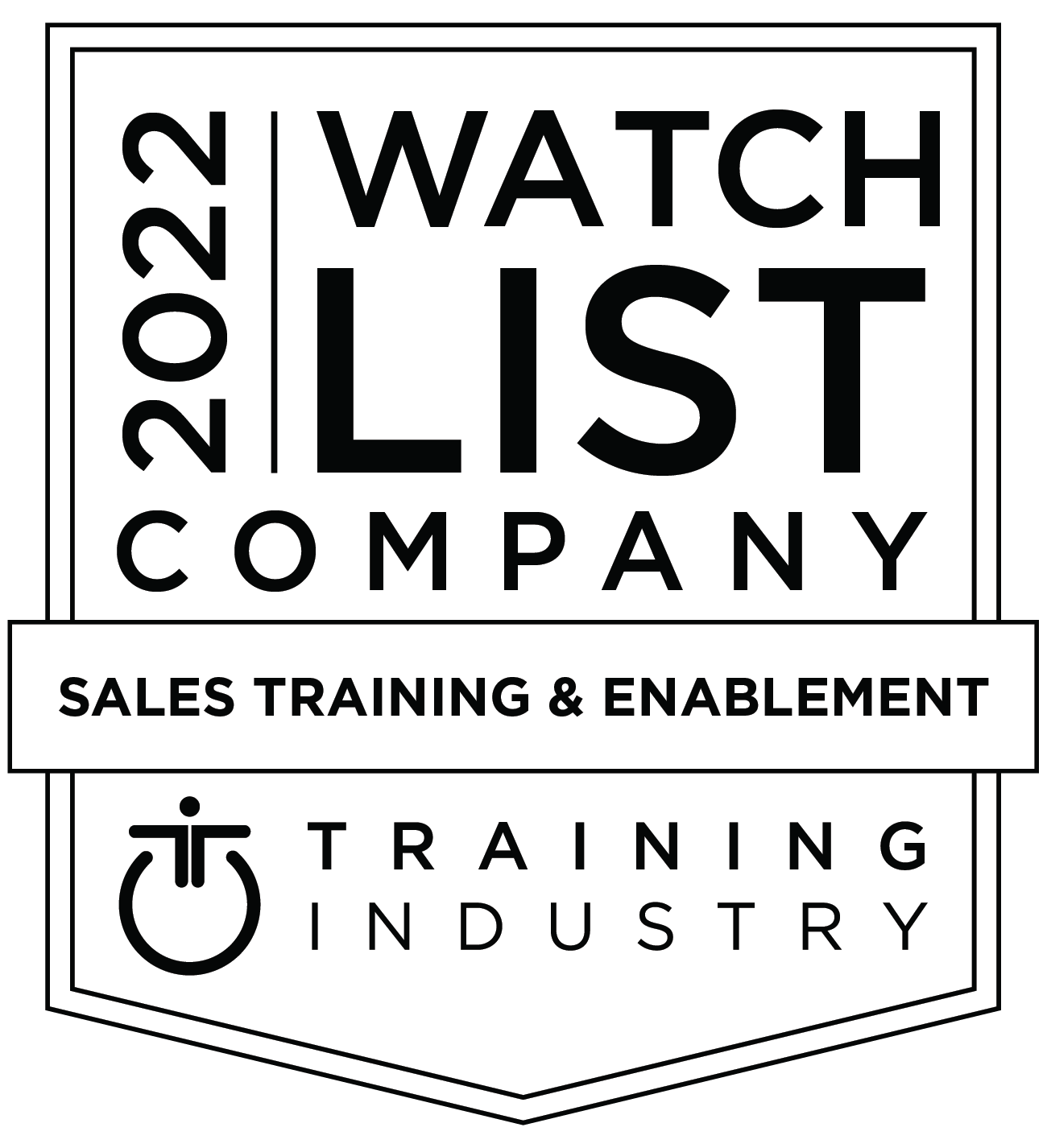LinkedIn CEO Jeff Weiner said recently that communication skills represent the #1 skill gap among all professionals per a major study conducted by LinkedIn.
Poor communication can be especially problematic for fast-growing companies because, well, everything is moving so darn fast!
Rapid customer growth, the rush to get new products to market, a brisk influx of new employees—the success of these things demands frequent and clear messaging that’s impossible for people to ignore.
Ironically, even though good communication is even more critical in high-growth companies, too often the quality of communication suffers amid the frenzy to meet market and employee demands.
It can be seductively easy NOT to spend the time ensuring your messages are clear, concise, and compelling.
But the cost you pay for poor communication is steep—so steep that it puts undue stress on your talent and operations, needlessly slowing down your otherwise “fast-growth” company. The best way to avoid that fate and maintain the momentum you’ve worked so hard to build?
Improve communication effectiveness and make your messages stick!
Here are 3 communication rules every fast-growth company should follow.
- Over-communicate!
It’s easy to think you’ve sent a clear message that everyone will read or hear, understand, and act on. But we all know that’s not always true.When people are communicating fast and furiously—and in multiple mediums like text, email, messaging, meetings, phone calls—it’s not uncommon for even critical messages to get lost in the frenzy.
The number one rule of communicating in fast-growth organizations? Over-communicate. You can’t afford not to. If something’s important, it’s worth repeating. Then, it’s probably worth repeating again!
- Use a consistent communication process.
All organizations use processes extensively in everything from strategic planning, finance, and accounting to project management. Why not communications too?Using a structured communications process, like Mandel’s Blueprint® or SCI-PAB®, helps you be consistent and efficient in creating clear and focused messages, whether communicating internally or externally.
A systematic process helps you think through your message first—whether it’s a one-on-one conversation or a major presentation—and then deliver it in a way that informs, influences, and sticks with your audience.
When everyone uses the same process, you communicate more efficiently. Because when people share the same frame of reference for how information should be presented, they’re able to understand, retain, and act on that information more readily.
- Make great communication part of the fabric of your culture.
In fast-growth companies, leadership sets the tone and others follow.It’s imperative that great communication start at the top and that leadership insist on—and hold themselves accountable to—communication excellence at all levels. “Don’t do what I do, do what I say” won’t work! Leaders must set the example by demonstrating mastery of the communications process.
By expecting and then supporting communication skills mastery from top to bottom, fast-growth companies can create a culture that attracts and retains the caliber of talent needed to sustain growth.
If you’re concerned that poor communication could slow your company down, take steps to prevent it now. You have nothing to lose but poor communication!
Learn More
For more than 30 years, Mandel has helped organizations overcome communication challenges and drive exceptional outcomes. To learn how our communication training workshops and tools can impact your organization, download our corporate overview.










